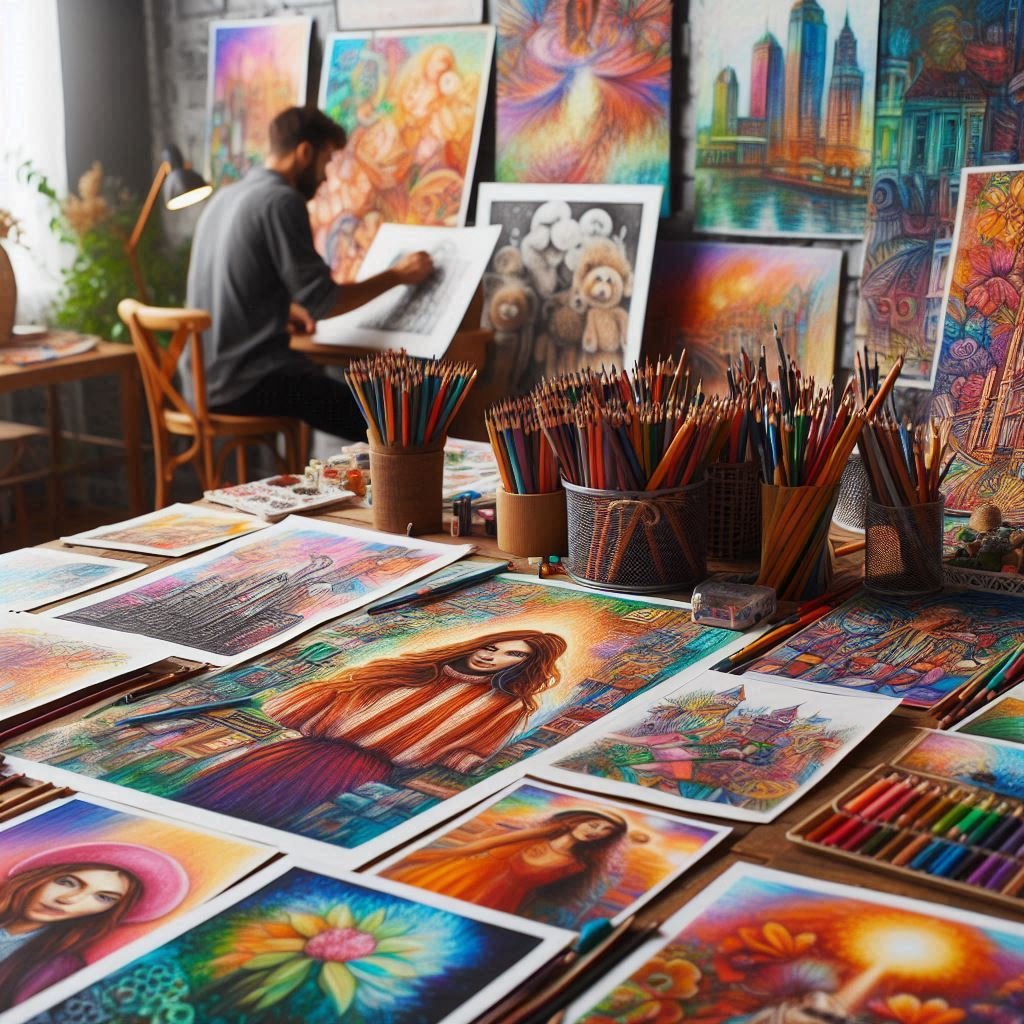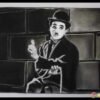Introduction to Pastel and Colored Pencil Drawings
Pastel drawing is a distinct art form that utilizes pastel pencils, composed of powdered color pigment and binder. The term "pastel" originates from the Medieval Latin "pastellum," meaning "woad paste," and the Late Latin "pastellus," meaning "paste." Introduced in French in 1662, pastels have roots in northern Italy during the 16th century and were used by artists like Jacopo Bassano and Federico Barocci. Pastels have been prevalent since the Renaissance but saw significant popularity in the 18th century thanks to notable artists like Edgar Degas, Mary Cassatt, and Odilon Redon.
Conversely, colored pencil sketching is akin to pencil sketching but with a spectrum of colors instead of just black. Colored pencils are crafted from pigments and binders rather than graphite. Although the history of colored pencil sketching remains obscure, artists such as CJ Hendry, Marco Mazzoni, and Veronica Winters have embraced this medium. The oldest known colored pencil sketch dates back to Johann Sebastian Staedtler around 1834 AD.
Composition of Pastel and Colored Pencils
Pastels are made by grinding pigments into a paste with water and a minimal amount of an oil-free binder like tragacanth gum or methylcellulose. This process produces hard and soft pigments, which are then rolled, pressed, or extruded into rods. Pastels are available in various forms, including hard pastels, soft pastels, pencil pastels, watercolor pastels, and oil pastels. However, many vibrant colors, such as yellows, oranges, and reds, derive from toxic materials like cadmium.
Ordinary colored pencils differ from artistic colored pencils, which contain higher wax and pigment content. Artistic quality colored pencils yield rich, deep, and luminous colors, producing a smooth and vibrant final artwork.
Unique Properties of Pastel and Colored Pencils
Pastel drawings are renowned for their luscious, velvety texture, deep tones, and radiant vibrance. Pastel pencils are highly blendable, eliminating the need for multiple art supplies, as the pigment and binder composition is already well-balanced.
Colored pencils provide precision and detail in sketches while creating vibrant artworks. They are affordable and easy to use compared to other painting materials. Colored pencils are made with wax-like binders but are more brittle than pastel pencils.
Key Features of Pastel and Colored Pencils
Pastels can be easily blended and smudged using fingers, a blending stump, or a cloth. The final color effect of pastels resembles natural dry pigments more than any other painting technique. However, once applied, pastels cannot be easily removed and must be handled carefully.
Colored pencils allow artists to smooth colored wax or pigments using solvents and brushes, apply color layers to eliminate lines, and adjust the entire image's darkness or lightness.
Suitable Surfaces for Pastel and Colored Pencil Art
Pastel drawings require a surface with some degree of abrasion for the pastel particles to adhere to the paper. The pastel stick is dragged across a rough or toothy surface, such as laid paper, abrasive surfaces like pumice or marble dust, or velour paper. Pastel drawings can be challenging as the medium is mixed and blended directly on the working surface, making color testing and error correction difficult.
Colored pencil sketching can be done on various surfaces, including wood, plastic, metal, and clay. However, paper, particularly acid-free papers with appropriate texture and weight, is the most popular choice among colored pencil artists. Colored pencils can be used with light strokes or continuous layers of color, and the drying time is negligible.
Other Specialties of Pastel and Colored Pencils
Pastels must be handled with extreme care as they are not firmly adhered to the paper's surface and can be easily smudged unless protected by glass or a fixative made of glue or gum solution.
Professional colored pencil artists focus on various aspects, such as layer colors, pencil pressure, medium quality, and paper texture and weight. Different types of paper, such as rough paper for multiple layer blending, medium grain paper or cold press for a textured finish, and hot press or fine grain paper for fine and detailed colors, are used. Heavyweight paper is preferred for blending with solvents or combining pencils with wet media.
Toxicity and Vegan-Friendly Considerations
Pastels are not firmly adhered to the paper's surface and must be handled with care. They adhere to the paper's surface and can be easily smudged unless protected by a fixative, which is often toxic.
Colored pencils use pigments that are generally non-toxic. These pigments may stain the skin or mouth but are harmless and will fade on their own. The lead of an art pencil is made of pigment bound with wax, oil, or turpentine.
Conclusion
In summary, both colored pencils and pastel pencils offer unique artistic possibilities and benefits. Pastel drawings are known for their rich, velvety textures and deep, vibrant tones, while colored pencil sketches provide precision, detail, and ease of use. Each medium has specific properties, surfaces, and techniques that artists must consider to achieve their desired results. The choice between colored pencils and pastel pencils ultimately depends on the artist's preferences and the effects they wish to achieve.
Additionally, GranNino offers a free art hosting platform where artists can upload unlimited artworks, including pastel and colored pencil drawings. This platform provides a supportive community for artists to showcase their work, receive feedback, and connect with other creatives. For more information and to start uploading your artworks, visit GranNino .
Happy creating! 🎨















Leave a Reply